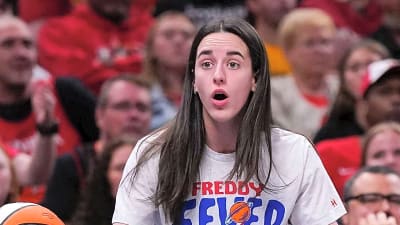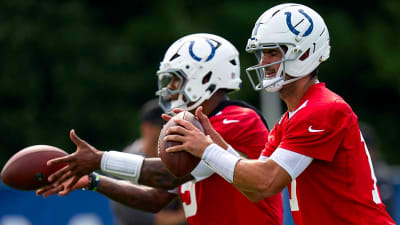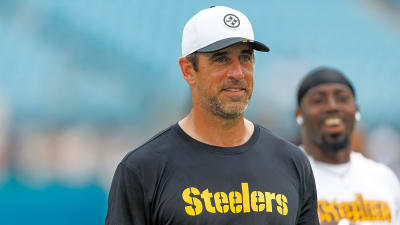
Shaquille O’Neal has heard it all before. From Pat Riley to Phil Jackson, from Jerry West to Kobe Bryant, even his fiercest supporters have questioned his conditioning over the years. Critics loved to point out that Diesel often reported to training camp overweight, sometimes tipping the scales at 340, 350, and even over 370 pounds during the later stages of his career.
For some, this was the one glaring flaw that held him back from “GOAT” conversations. But Shaq, never shy about defending his legacy, fired back at that narrative this week, explaining why his method worked, even if it didn’t look like the traditional grind of year-round conditioning.
Shaq said on the Armchair Expert podcast:
"Like everybody always talks about, ‘Oh, if you would have been in better shape.’ My method is my method. You beat me up so much during the year, I’m not doing s**t in the summer."
"Because I already know, mentally, when I come back, I’m killing whoever’s in my way. It takes me some time to get there, but I don’t need to come in the first 40 games at full speed."
"Everybody’s going to talk their s**t, and that just makes me mad. Then I turn it on. I don’t want to come in with the lights already on. I want to come in with the lights dim, see what’s going on, and then flip them on at the right moment. Because a lot of times when you come in in shape, you get worn out. I’d rather work up to it."
"So I just came in how I came in, whatever. And like I always say, I want a skinny Shaq, a medium Shaq, and a fat Shaq."
O’Neal’s philosophy was simple: his massive frame absorbed more punishment than almost anyone in NBA history. Opponents had no choice but to foul him hard, sending him to the line rather than giving up another thunderous dunk.
Over the course of a season, those hits added up. For Shaq, summers weren’t for training, they were for recovery.
His routine meant he often started the season slow, sometimes drawing ridicule for looking out of shape. But once he found his rhythm, usually around midseason, the Diesel was virtually unstoppable.
From 1994 through 2006, O’Neal averaged 25.6 points, 12.2 rebounds, and over 2 blocks per game while shooting 56 percent from the field. More importantly, he delivered when it mattered: three straight Finals MVPs from 2000–2002, capped by a legendary run in 2000 when he averaged 38 points and 16.7 rebounds in the Finals against Indiana.
Still, the complaints came often. Kobe Bryant famously called Shaq out for showing up “out of shape” and forcing the Lakers to wait until midseason for him to ramp up. Pat Riley grew frustrated during Shaq’s Miami years, when his playing weight ballooned well past 350 pounds.
Analysts like Charles Barkley and Skip Bayless routinely knocked him for what they saw as wasted potential. Even Phil Jackson, who won three straight titles with Shaq, admitted he wished O’Neal had taken his conditioning more seriously.
But Shaq, true to form, insists the approach worked. O’Neal even poked fun at his own weight fluctuations, saying he liked to keep 'a skinny Shaq, a medium Shaq, and a fat Shaq' in circulation.
It was a humorous way to acknowledge what everyone saw, while still owning the fact that regardless of which version showed up in October, by May and June, the only Shaq that mattered was the one bullying his way through defenses en route to championships.
It’s an ongoing debate among fans and historians: could Shaq have been even greater with year-round peak conditioning? Possibly. But as he reminds everyone, his way worked. Three Finals MVPs, four championships, an MVP award, and a Hall of Fame career speak loudly enough.
And now, with the benefit of hindsight, the Diesel is letting the critics know: his method wasn’t laziness, it was survival.
More must-reads:
- Draymond Green fires back at Alperen Sengun's comments
- Former Heat employee pleads guilty in stolen memorabilia case
- The 'Active 20-home run MLB seasons' quiz
Breaking News
Trending News
Customize Your Newsletter
 +
+
Get the latest news and rumors, customized to your favorite sports and teams. Emailed daily. Always free!








